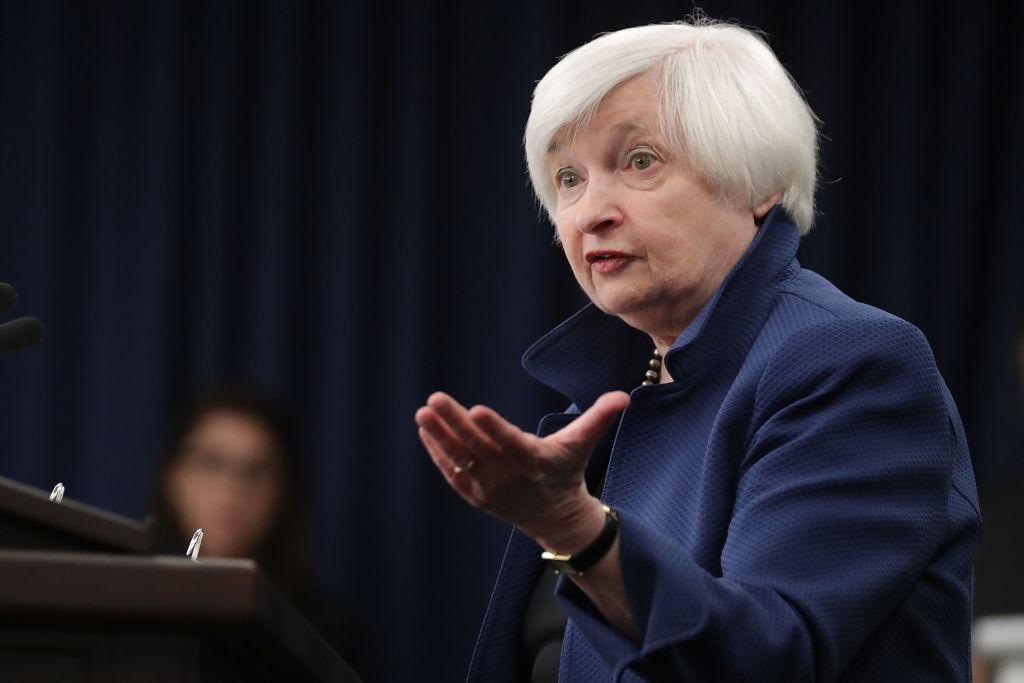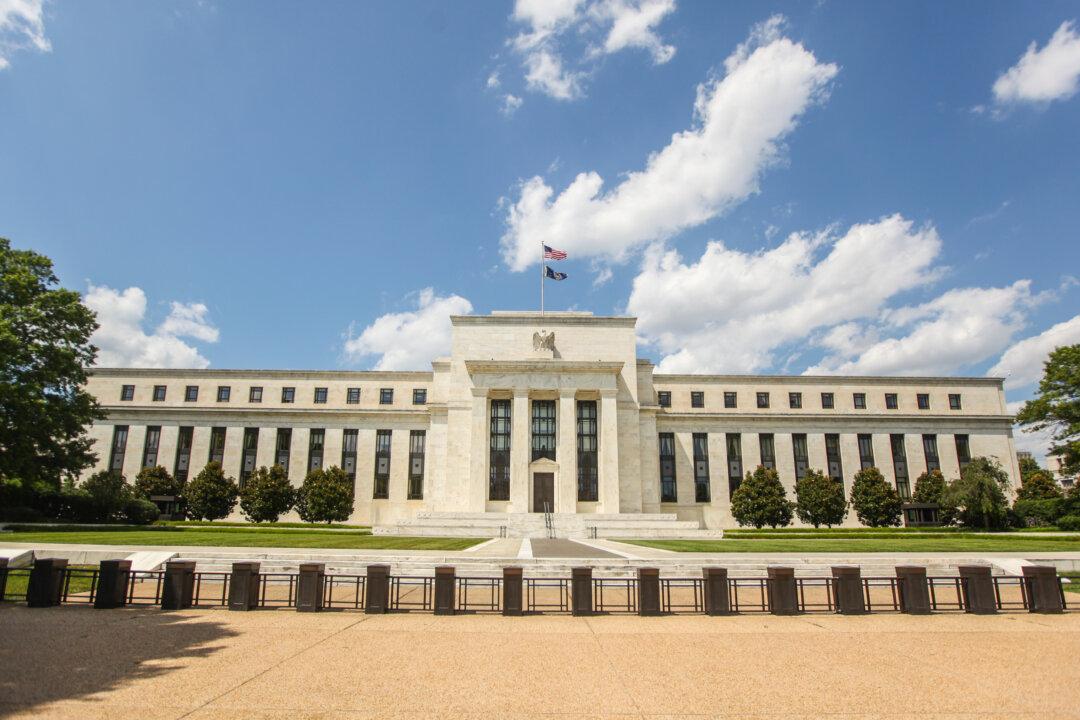In normal conditions, stock market functions are a barometer for the economy. Good earnings and economic activity drive stocks higher. Valuations are another factor: Are stocks cheap in terms of their earnings, and are they paying a high dividend yield?
This stock market is different: Earnings have been falling, until the most recent earnings season; the economy has been lukewarm, though not terrible; and different valuation metrics are at the previous bubble peaks of 1929 and 1999. Currently, the S&P 500 pays less in dividends (1.9 percent) than the 10-year Treasury note does in interest (2.2 percent).
All these fundamentals have been begging for a bear market in stocks for several years now, but it has never come. In fact, the S&P 500 just made a new record high of 2,445 on June 9 and is up 8.62 percent for the year and 84 percent over the last five years—not a shabby performance. Not even political gridlock, the risk of war, and Federal Reserve (Fed) interest rate hikes can shake the market this year.
So why aren’t stocks correcting? It turns out there are a few good reasons as to why stocks have rallied for so long.
Central Bank Support
By far the biggest reason for the prolonged rally, in spite of lukewarm GDP growth and sky-high valuations, is continuing money-printing by not just the Fed but by all global central banks.






